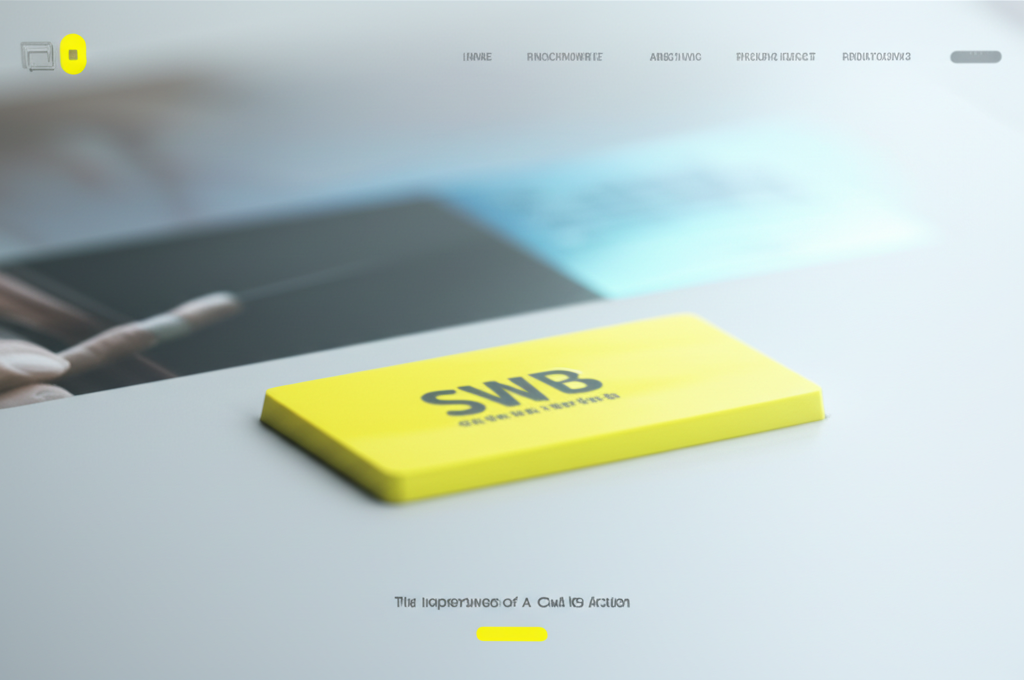Is your website not performing as well as you’d hoped? Are you struggling to attract visitors and convert them into customers? You might be making some common website mistakes that are hindering your online success. This article will delve into the most prevalent website blunders and provide actionable strategies to avoid them, ultimately helping you create a website that effectively achieves its goals.
Slow Loading Speed: A Major Website Pitfall
In today’s fast-paced digital world, patience is a rare commodity. A slow-loading website is one of the most common website problems and a surefire way to lose visitors. People expect websites to load almost instantaneously, and even a few seconds’ delay can lead to high bounce rates and lost opportunities. Several factors contribute to slow loading times, including large image files, unoptimized code, and excessive plugins. Addressing these issues is crucial for a positive user experience.
Optimizing Images and Code for Faster Loading
Optimizing images is a key step in improving website speed. Compressing images without significant quality loss can drastically reduce file sizes, leading to faster loading times. Tools like TinyPNG and ShortPixel can help with this. Additionally, minimizing HTTP requests by combining CSS and JavaScript files can also improve performance. Cleaning up and optimizing your website’s code can further enhance loading speed. If you’re unsure how to do this, consider consulting a web developer.
Poor Navigation: Leaving Visitors Lost and Confused
Navigating your website should be a seamless and intuitive experience. Confusing or poorly designed navigation is another common website mistake that can frustrate visitors and drive them away. A clear and logical site structure, coupled with a user-friendly menu, is essential for ensuring visitors can easily find the information they seek. Avoid overly complex menus or hidden navigation elements that can make it difficult for users to explore your site.
Creating a User-Friendly Navigation Experience
Implement a clear hierarchy in your website’s structure, categorizing content logically and using descriptive labels for menu items. A well-structured sitemap can also be beneficial for both users and search engines. Consider incorporating a search bar to allow visitors to quickly find specific information. Regularly test your website’s navigation with real users to identify any potential usability issues and make necessary improvements.
Unresponsive Design: Neglecting Mobile Users
With the increasing dominance of mobile devices, having a responsive website design is no longer optional – it’s a necessity. A website that doesn’t adapt to different screen sizes is a significant oversight and one of the most damaging website errors you can make. Failing to cater to mobile users means alienating a large portion of your potential audience. A responsive design ensures your website looks and functions flawlessly on all devices, from desktops to smartphones.
Embracing Mobile-First Design for Optimal User Experience
Adopting a mobile-first approach when designing your website is a best practice. This means prioritizing the mobile experience and then scaling up for larger screens. Using a responsive framework or theme can significantly simplify the process of creating a mobile-friendly website. Test your website on various devices and screen sizes to ensure a consistent and enjoyable user experience across all platforms.
Lack of Compelling Content: Failing to Engage Your Audience
High-quality, engaging content is the cornerstone of a successful website. Thin or unoriginal content is a common website mistake that can harm your search engine rankings and fail to capture your audience’s attention. Providing valuable, informative, and entertaining content is essential for attracting and retaining visitors, establishing your expertise, and building a loyal following.
Crafting Engaging Content that Resonates with Your Target Audience
Develop a content strategy that aligns with your target audience’s interests and needs. Focus on creating original, well-researched content that provides value and addresses their pain points. Use a variety of content formats, such as blog posts, videos, infographics, and interactive elements, to keep your audience engaged. Regularly update your content to ensure it remains fresh and relevant. Incorporating relevant keywords naturally within your content can also improve your search engine visibility. Avoiding common website mistakes like duplicate content is also crucial for SEO.
Ignoring SEO Best Practices: Limiting Your Website’s Visibility
Search engine optimization (SEO) is vital for driving organic traffic to your website. Neglecting SEO best practices is a detrimental website mistake that can significantly limit your online visibility. Implementing effective SEO strategies, including keyword research, on-page optimization, and link building, is crucial for improving your search engine rankings and attracting more visitors.
Implementing Effective SEO Strategies for Increased Visibility
Conduct thorough keyword research to identify the terms your target audience is searching for. Optimize your website’s content and meta descriptions with these relevant keywords. Build high-quality backlinks from reputable websites to improve your website’s authority and search engine rankings. Staying up-to-date with the latest SEO trends and algorithm updates is crucial for maintaining and improving your website’s visibility. Addressing these common website problems related to SEO can significantly impact your online success.
Conclusion: Building a Better Website
By addressing these common website mistakes and implementing the recommended solutions, you can significantly improve your website’s performance, user experience, and overall effectiveness. Creating a successful website requires ongoing effort and attention to detail. Regularly evaluate your website, gather user feedback, and adapt your strategies to ensure you’re meeting your target audience’s needs and achieving your online objectives. What steps are you taking to avoid common website mistakes and how to avoid them? Share your thoughts and experiences in the comments below!













